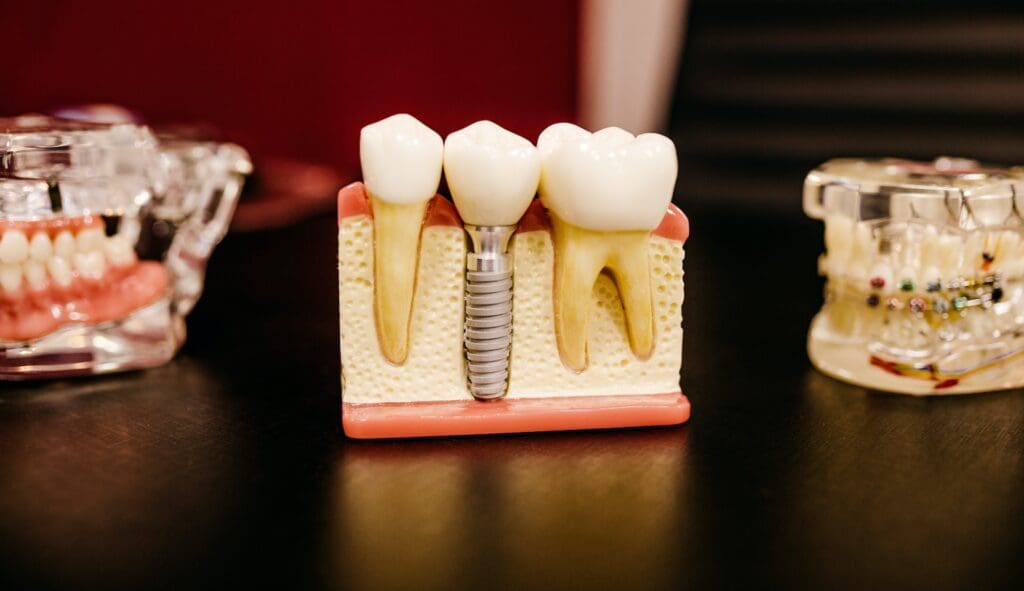Dental implants have transformed how people recover from missing teeth. After all, they are a more permanent and durable solution compared to dentures or bridges.
However, not everyone is a good candidate for dental implants, especially those who have suffered from bone loss in their jaw due to periodontal disease or other factors. This is where bone grafting appears.
What Is Bone Grafting?
Bone grafting is a procedure where your dentist adds bone material to your jawbone to create a sturdy foundation for dental implants. This is important because dental implants need a strong foundation to support the weight of the prosthetic tooth or teeth.
Important Reasons You Need Bone Grafting
Your dentist may suggest bone grafting before dental implant placement for various reasons. One of the most common reasons is the weakening and deterioration of the jawbone due to gum disease. This can make it challenging for dental implants to be supported.
Bone loss may also occur because of an injury, trauma, or previous tooth extractions. It can also be applied to fix existing bone damage or anomalies in the jawbone, which a congenital disability such as a cleft palate or a sudden and severe injury may have caused.
How Bone Grafting Works
Different bone grafting methods exist, including autografts, allografts, and xenografts. Autografts require bone material taken from a different part of one’s body and planted in the jawbone. Allografts use bone material from a donor, while xenografts use animal bone material.
Your dentist will consider several factors when deciding on the best type of bone grafting procedure for you. These factors include the size and location of the bone defect, the amount of bone material needed, and your overall health and medical history.
Bone grafting is typically done under local anesthesia, which means you will be awake but numb during the procedure. Your dentist will make a small incision in your gum tissue to access the jawbone and then add the bone material to the affected area. The laceration will then be shut with stitches.
After the procedure, you may experience swelling, discomfort, or bruising in the affected area. Your dentist will provide instructions on how to care for your mouth and manage any pain or discomfort. You may also take penicillin to contain the infection.
Bone Grafting Healing Process
The healing process for bone grafting can take several months, depending on the size and location of the bone defect. During this time, you must avoid putting pressure on the affected area and follow your dentist’s instructions for oral hygiene.
Once the bone graft has healed, your dentist will place dental implants. This involves inserting a small titanium post into your jawbone, serving as the foundation for the prosthetic tooth or teeth. The post must fuse with the surrounding bone tissue over several months before the prosthetic tooth or teeth can be attached.
Final Thoughts
If you think you may be a candidate for dental implants, talk to your dentist about whether bone grafting is the right option for you. They will be able to assess your individual needs and provide personalized treatment recommendations. With the right maintenance and attention, you can appreciate a lovely, healthy smile for years.
Experience the confidence of a perfect smile with dental implants in Danvers Aesthetic Family Dentistry. Our expert team offers personalized solutions for permanent tooth replacement. Schedule your appointment today and discover the transformative power of a healthy, beautiful smile.

